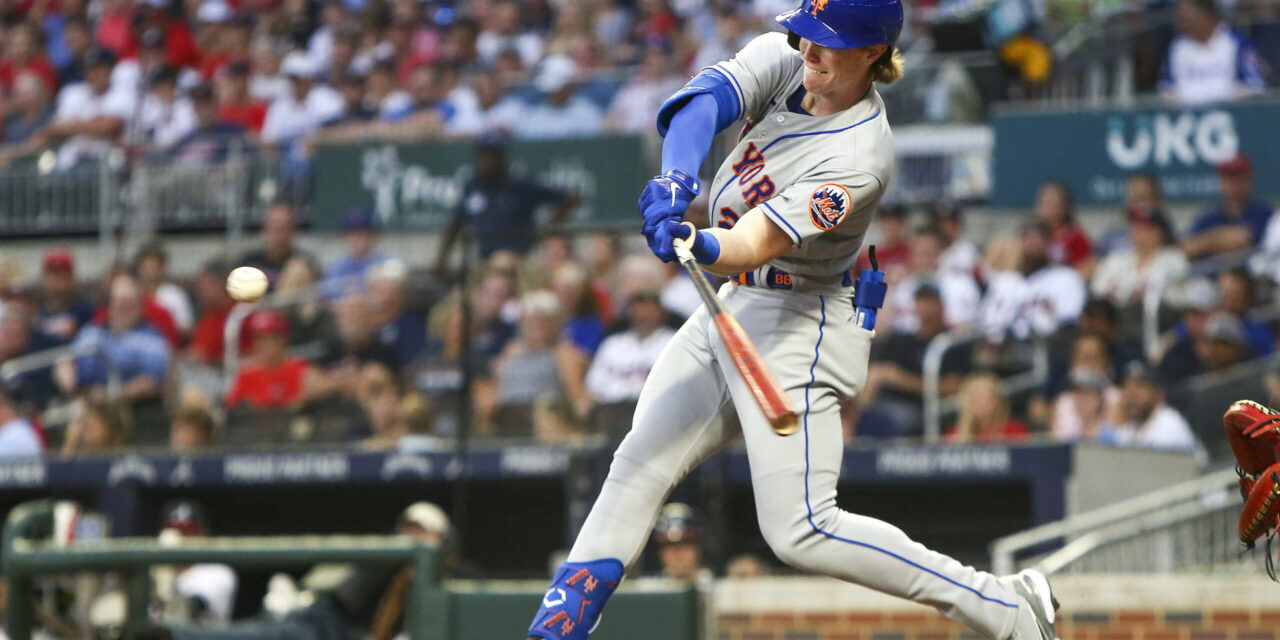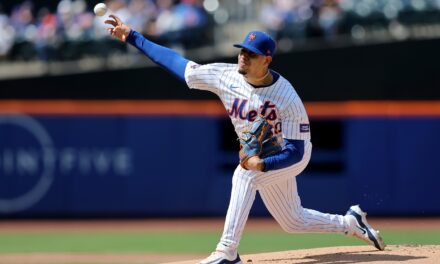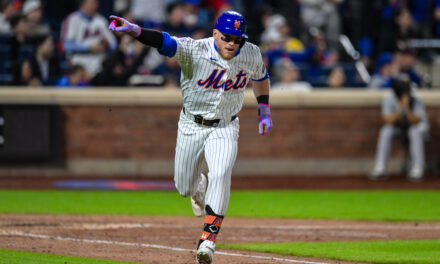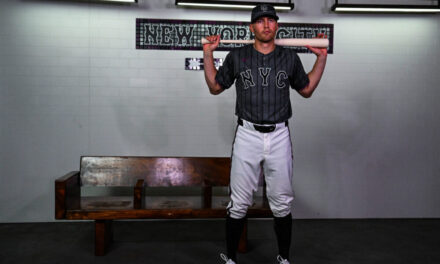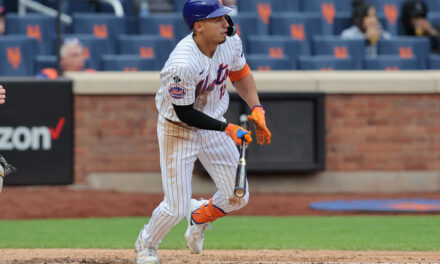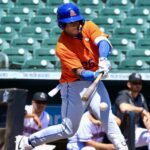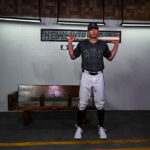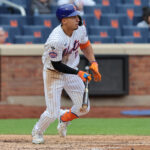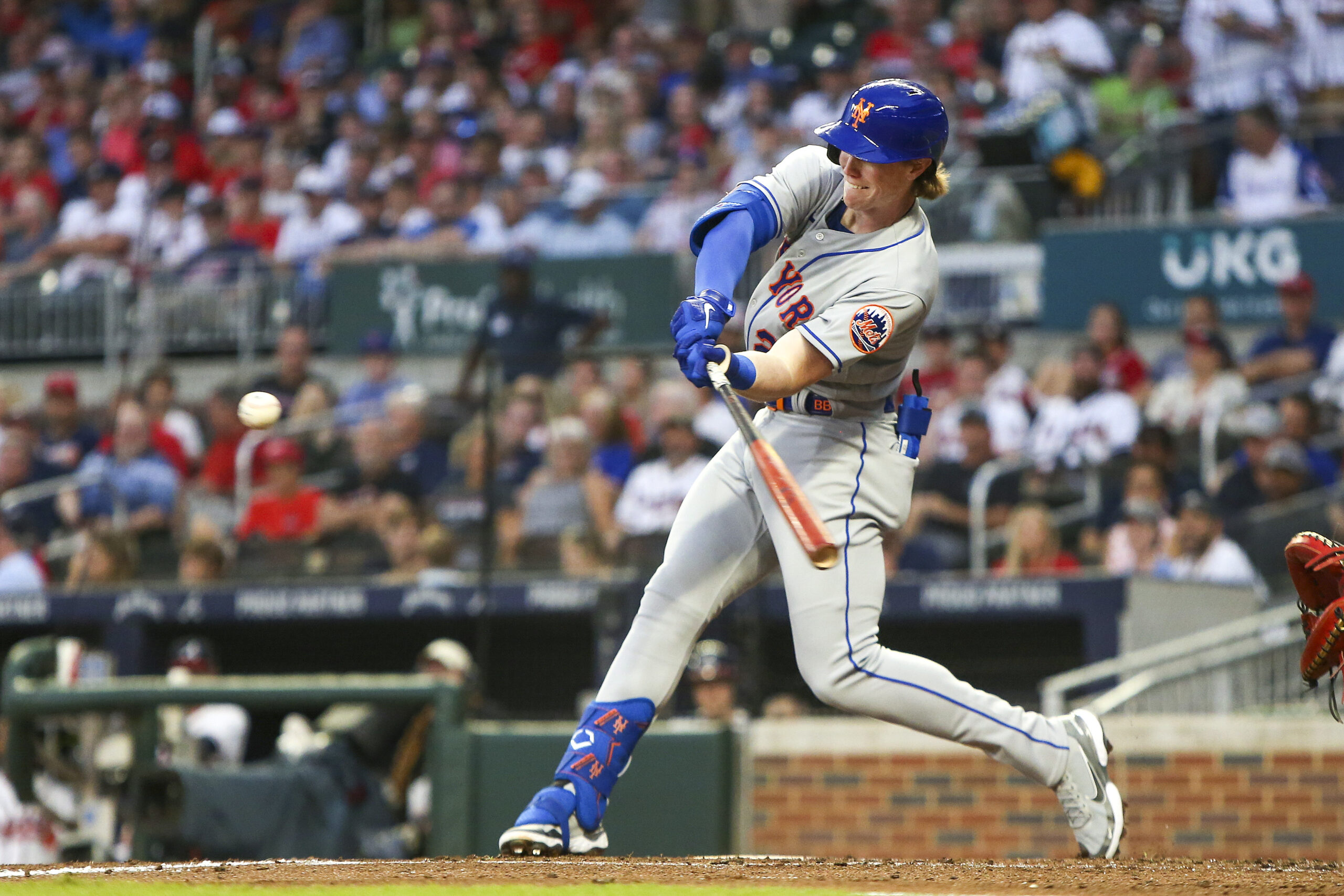
Mandatory Credit: Brett Davis-USA TODAY Sports
To the shock of everyone on Wednesday morning, the Mets reportedly signed Carlos Correa to a 12-year $315 million deal after the Giants found an issue they didn’t like in Correa’s medical report. Once we sift through the shock and awe of it all, we are eventually left with the question as to what it means for some of the Mets top prospects.
Both Brett Baty and Mark Vientos play third base, and Ronny Mauricio is a shortstop. We saw Baty and Vientos make their Major League debuts last season, and Mauricio was just named the Dominican Winter League MVP. In an alternate universe, they could have all been on the Mets in 2023, playing everyday at some point in the season.
However, with Francisco Lindor and Correa set to play the left side of the Mets infield for the next decade, all three of the aforementioned players are going to have to find a new position if they are going to stay with the club long-term. In all honesty, these were decisions the Mets were already investigating anyway.
With Vientos and Baty playing together in Double-A and Triple-A, the Mets organization used it as an opportunity to get both players experience at other positions, which is likely to be beneficial in the long run.
Baty’s size has always made his long-term ability to play third a debate. To his credit, Baty has continued to improve at the position, but he is unlikely to ever be a plus defender at the position. He projects as hopefully an average third baseman. This is part of the reason why the Mets have exposed him to left field, where he has looked promising.
FWIW: I thought Brett Baty looked pretty comfortable in left field when he played there in the minors.
— Mike Mayer (@mikemayer22) December 21, 2022
For Vientos, the Mets seem to believe his best long-term position may be as a DH. He has struggled at third, and while he has made improvements, there really aren’t any scouts who believe he can handle the position on an everyday basis. This should allow the Mets to let him focus on DH and maybe even work at first base in the event of an injury to Pete Alonso. Vientos played 27 games at first base for the Syracuse Mets last season.
Mauricio is more interesting, but the Mets have more time to make a decision with him. Much like with Baty, the expectation was Mauricio’s size, and the fact that he continued to grow, was eventually going to force him off of his natural position of shortstop. However, up until now, Mauricio has stayed at short and has played well there. Still, with Lindor installed as the everyday shortstop for New York, Mauricio will eventually have to move off of the position.
Ronny Mauricio's first play at third base — or anywhere other than shortstop — in his pro career: https://t.co/3nqggcblQK pic.twitter.com/TB0QzyrYF8
— Jacob Resnick (@Jacob_Resnick) November 26, 2022
Mauricio played some third in LIDOM, and he looked quite good. In fact, with his ability to move to his left and his big arm, third seemed like the perfect spot for him in the future. However, that is no longer in play long-term because Correa will be playing there for the foreseeable future.
Ultimately, this may mean Mauricio needs to shift to right field sooner rather than later. Mauricio being an above-average runner with a big arm should translate very well to right. You can also argue he should get some looks in center.
Another note here is the upper levels of the Mets system does not have much outfield depth. The depth they did have took a hit this offseason when Jake Mangum was traded to the Miami Marlins. Moving Baty and Mauricio to the outfield may help fill a need for the organization. That goes double when you consider that Mark Canha has an expiring contract, at least theoretically opening up left field for next season.
There is also another factor. Having Correa and Lindor makes this trio of prospects more available to be traded. If there is a move available at the trade deadline, the Mets are more in a position to trade their top prospects to improve their maj0r-league roster.
However the Mets proceed, they have a very good problem. They have All-Stars and potential future Hall of Famers on the left side of the infield, along with very good prospects who are trying to break through at those positions. In the short term, the Mets are insulated against injury. In the long term, the possibilities are endless.


